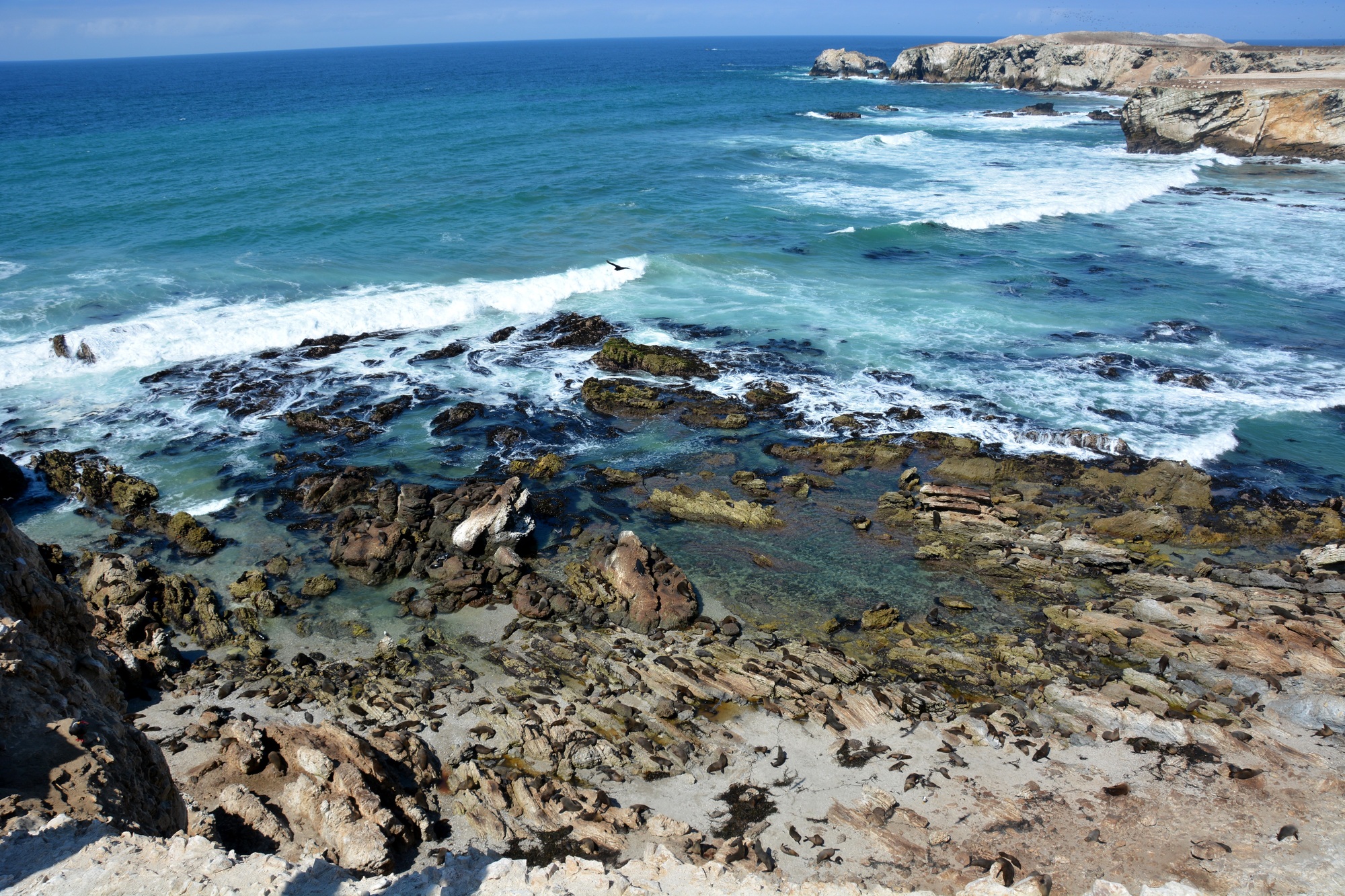

Marine megafauna (large, ocean-dwelling animals) are often long-lived, top-level predators that face a number of threats from natural and man-made sources. Because of their ability to concentrate contaminants through bioaccumulation and their increasing exposure to a wide variety of health threats, they are frequently threatened or endangered in the wild. For these reasons, they serve an important role as "sentinel species" that act as barometers of ocean health and demonstrate the link between ocean and human health.
One major health threat these animals face is exposure to toxins produced by naturally-occurring blooms of marine algae (phytoplankton). These toxic blooms can have devastating effects on marine mammals, seabirds and sea turtles, resulting in mass mortalities with deaths numbering in the hundreds. Our research seeks to understand the effects of these toxins on marine megafauna that live where harmful algal blooms occur, both at the population level and the individual level. These efforts are critical in providing natural resource managers and practitioners of wildlife medicine the knowledge needed to mitigate and respond to threats to these protected marine species.
© Florida Institute of Technology, All Rights Reserved